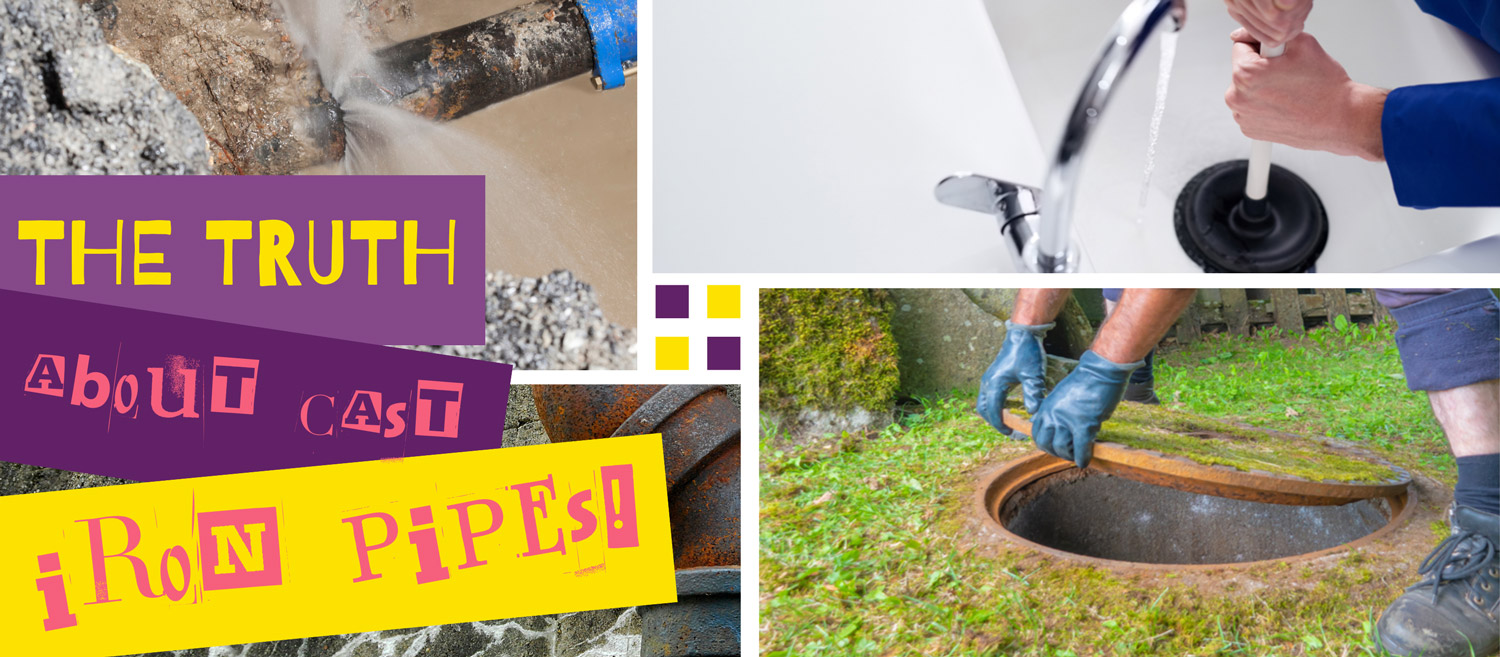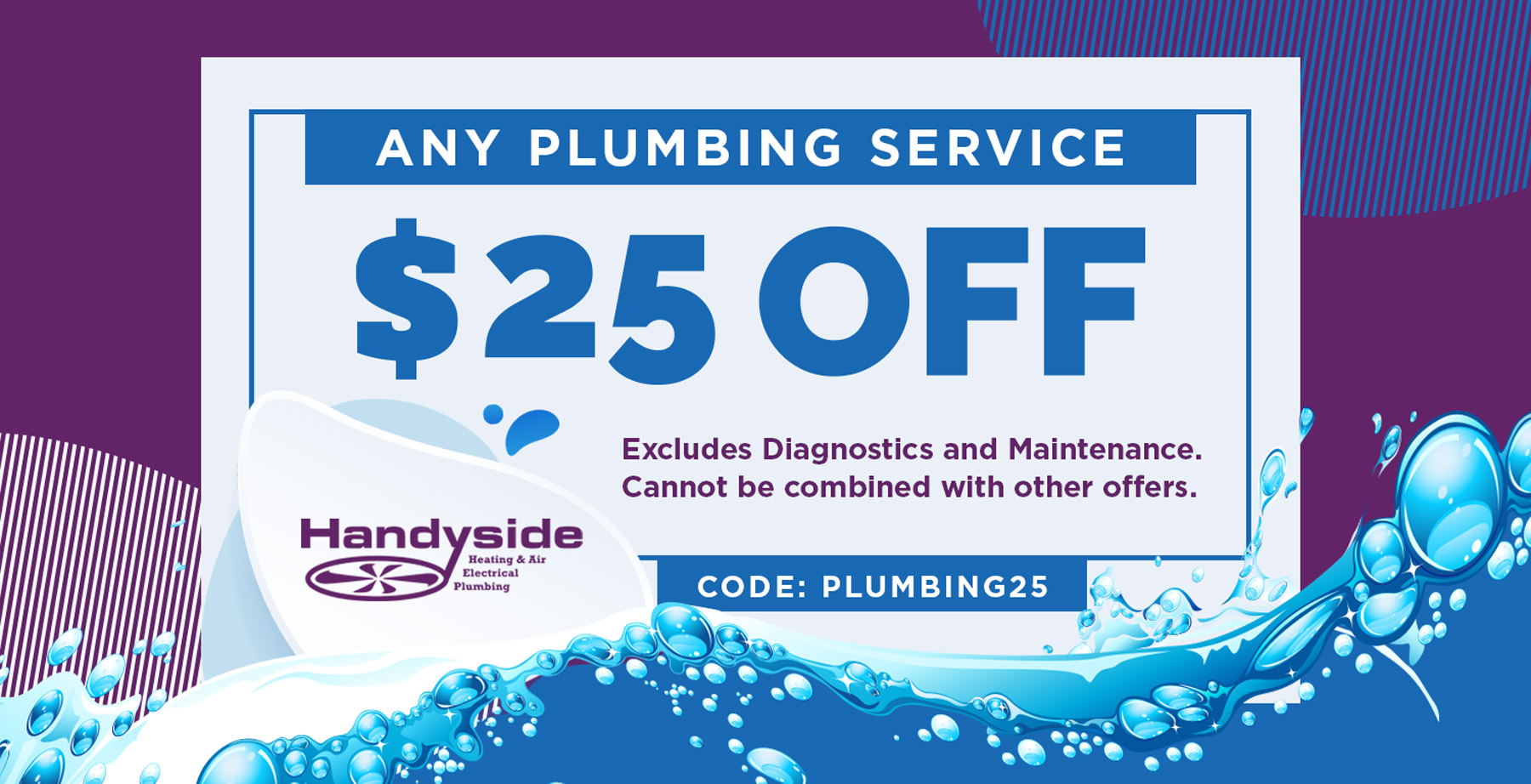New homeowners of older houses often find themselves alarmed when they notice a persistent smell of sewer gas indoors. Upon calling a plumber for inspection, they may receive the daunting news: ‘You need to replace the old cast iron drain/sewer line underneath the cement slab your house is built on.’ This repair can indeed be a costly undertaking.
 But is it always necessary to replace cast iron pipes?
But is it always necessary to replace cast iron pipes?
Not always. Homes constructed before the mid-1970s to ’80s, which retain their original drain and sewer systems, typically feature predominantly cast iron pipes. While these pipes can endure for 80 to 100 years, they are susceptible to problems such as rust, accumulation, and lead-welded joints, which may significantly shorten their lifespan. While recommending the replacement of cast iron with PVC pipes might seem easier, it’s not always the most necessary course of action. In this article, we’ll explore three common problems associated with cast iron sewer lines and assess whether replacement is the sole solution.
Tuberculation
After approximately 25 years, internal corrosion in cast iron pipes can lead to the thickening of pipe walls, reducing flow capacity by around 25 percent. These corrosion deposits tend to trap debris flushed down the drain, leading to potential clogs. Moreover, oil and grease can adhere to these deposits, further constricting the pipe’s flow. While some plumbers may hastily recommend pipe replacement after observing significant clogging during camera inspections, a drain-cleaning expert may opt for hydrojetting. Hydrojetting effectively blasts away debris, flushes grease, and descales the cast iron pipe. Unless the pipe is damaged or cracked, hydrojetting can often resolve the issue without the need for replacement.

Sagging Pipes
Comparing the weight of a cast iron frying pan to that of a Tupperware container gives a rough idea of the difference between cast iron and PVC pipes. Over time, due to tuberculation and clogging, cast iron pipes can become even heavier and settle, akin to a sinking V-shape. Weakened joints can cause the pipes to sag, creating valleys where standing water accumulates. This stagnant water impedes the flow of sewer gas down the drain, leading to backups through toilet bowls or bathroom drains. When pipes sag and fill with standing water, replacement becomes necessary.
House Trap
Cast iron drain systems often feature a house trap, (a large p-trap) that can become clogged over time. If the house trap is easily accessible, such as through a removable floorboard, it can be removed and replaced with a straight pipe. However, if accessing the house trap requires breaking the foundation, it’s generally advisable to replace the entire drain pipe beneath the house with PVC.
Summary
Replacing cast iron drain/sewer lines with PVC isn’t always the only option. The drain cleaning experts at Handyside can provide informed advice on whether your cast iron line can be effectively cleaned, repaired, or if replacement is necessary.
![Should You Replace Cast Iron Pipes? New homeowners of older houses often find themselves alarmed when they notice a persistent smell of sewer gas indoors. Upon calling a plumber for inspection, they may receive the daunting news: ‘You need to replace the old cast iron drain/sewer line underneath the cement slab your house is built on.’ This repair can indeed be […]](https://handysideinc.com/wp-content/uploads/2024/03/Should-You-Replace-Cast-Iron-Pipes-750x420.jpg)




